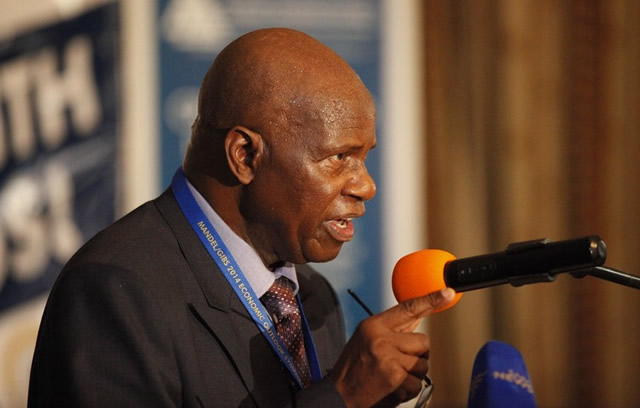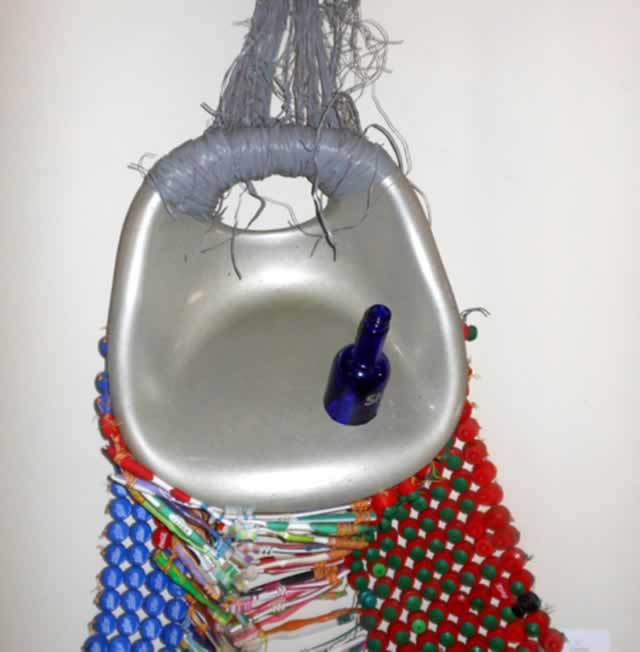Tight liquidity continues to choke Zim-Asset

Martin Kadzere Senior Business Reporter
The prevailing tight liquidity challenges continue to be the biggest drawback to Government’s efforts to turnaround the economy through its economic blueprint Zim-Asset, a year after the incumbent administration regained full control of the political system.
The choking liquidity crisis is dashing every hope Government had created on the economic front after succeeding in taming the inflation scourge through a basket of currencies dominated by the greenback.
Already, economic growth forecasts for this year have been slashed to about 3 percent from 6,1 percent, foreign direct investments remain elusive, exports have remained subdued and this has caused a serious liquidity crunch.
After winning the election, the ZANU PF Government adopted a reform blueprint—the Zimbabwe Agenda for Sustainable Socio Economic Transformation to sustain the growth momentum witnessed since 2009.
But this has not been the case. Analysts say the central problem to Zimbabwe economic architecture particularly the implementation of Zim-Asset is the valuation of the US dollar whose major source are export revenues, foreign direct investments, Diaspora remittances and funding from institutions like the World Bank and the International Monetary Fund.
But these sources are not performing well thereby leaving the economy vulnerable to exogenous shocks. The country also has limited measures to attract funding from multilateral donors due to huge debt overhang, estimated at $9,9 billion.
As such, even if it’s still early to suggest that Zim-Asset has failed, the milestones set out under the five year economic blueprint will not be achieved in the absence of adequate funding. It is however refreshing that Government is engaged in bilateral discussions with friendly countries in a bid to mobilise funding.
In April, Finance and Economic Development Minister Patrick Chinamasa said the country’s huge debt was preventing the country from accessing lines of credit from multilateral finance institutions.
Last week Minister Chinamasa blamed the introduction of the multi-currency regime in 2009 for the economic challenges Zimbabwe was facing today as it caused an increase in the cost of commodities and raised salaries to unsustainable levels while reducing demand.
“The migration from hyperinflation to multi-currency did a lot of damage to our economy,” he said.
“It pitched our cost structure too high and unsustainable. It’s like we devalued the US dollar, where in America a dollar can purchase four cokes, in our case it can only purchase two or one in some cases depending on whether it’s canned or not or where you are buying it from.
Economic analyst Dr Gift Mugano concurred: “It is common knowledge that export receipts are far below imports by 50 percent a situation that has created chronic balance of payment problems, export of jobs and externalisation of cash.
“Zimbabwe has become a dumping ground due to lack of competitiveness of its products. The cost profile is prohibitively high that local companies cannot compete in the local market, worse still on to compete internationally.” On FDIs, he said Zimbabwe had been at a mercy of Nigeria, Angola, Mozambique and South Africa in receiving FDIs.
One of the fundamental reasons behind low FDIs inflows into the country was massive negative publicity by media (both foreign and local) and opposition elements.
Policy inconsistency, especially pronouncements on indigenisation and empowerment rules had done more harm than good as ministers did not sing from the “same hymn book.”
“Labour laws are so stringent and inflexible that an investor finds it difficult to invest in this country,” said Dr Mugano. “Other factors that stifle FDIs are soft issues such as deteriorating infrastructure such as energy, water, transport and information communication technologies.”
According to the African Development Bank, Zimbabwe requires at least $15 billion to rehabilitate infrastructure. In the Zim-Asset framework, there is provision for funding of infrastructure through public private partnerships. On the ground, the PPPs are taking place at a slow pace save for few projects being sponsored by Chinese investors.
With respect to remittances from Diaspora, unlike in other countries where Diaspora remittances contribute significantly to economic development, Zimbabwe has totally different situation mainly because locals living abroad are doing mostly low paying manual jobs and the fact that the US is strong currency, there are no exchange gains.
The supply of development assistance funding from multilateral institutions has been dry for years due to the debt problem. The support received has been mainly for technical assistance and social programmes such as supply of drugs.
“What it means is that the normal sources of funding for the economy are limited and in the absence of printing of money and a weak central bank, the economy is backsliding.
“Our exports are subdued, we are not attracting foreign direct investments, our people are not earning enough money abroad. Finally, we owe multilateral financial institutions and they cannot give us more money until we pay up,” said Dr Mugano.
He said all economic players should start looking at ways of raising funds to oil the economy.
“We need to address all the issues hindering FDIs inflows. The country must not have political discourse,” said Dr Mugano. “This therefore calls for national dialogue in addition to the activation of the tripartite negotiation forum.
“Secondly, there is need to be consistent on policy issues around indigenisation. What is important is to take this genuine concern of flexibility on indigenisation based on merit and reform the policy accordingly.
“Thirdly, the establishment of special economic zones as outlined in the Zim-Asset is an important strategy which can be used to lure FDIs but we must be careful on where we set up these SEZs.
“We must take note of the competing need to cause development in the remote areas and the need to stimulate exports. Our situation requires that we give priority to exports.
“We need to raise funding for industrial retooling from friendly countries. Government can also raise addition money by establishing innovative mechanism of taxing the informal sector which is holding the lion share of cash.
“These innovative measures should include developing industrial clusters for informal sectors which will help government to collect










Comments